August Chook Care
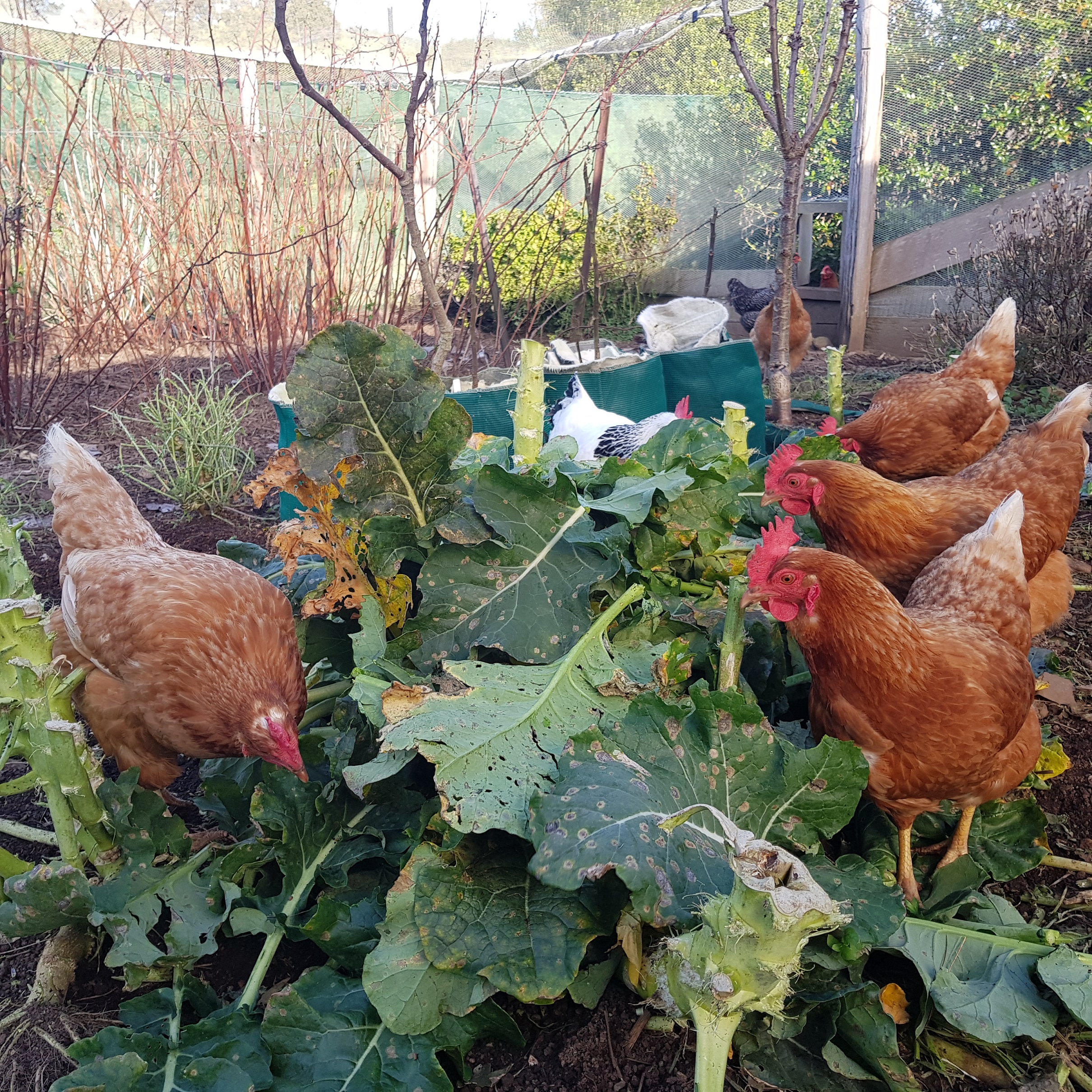
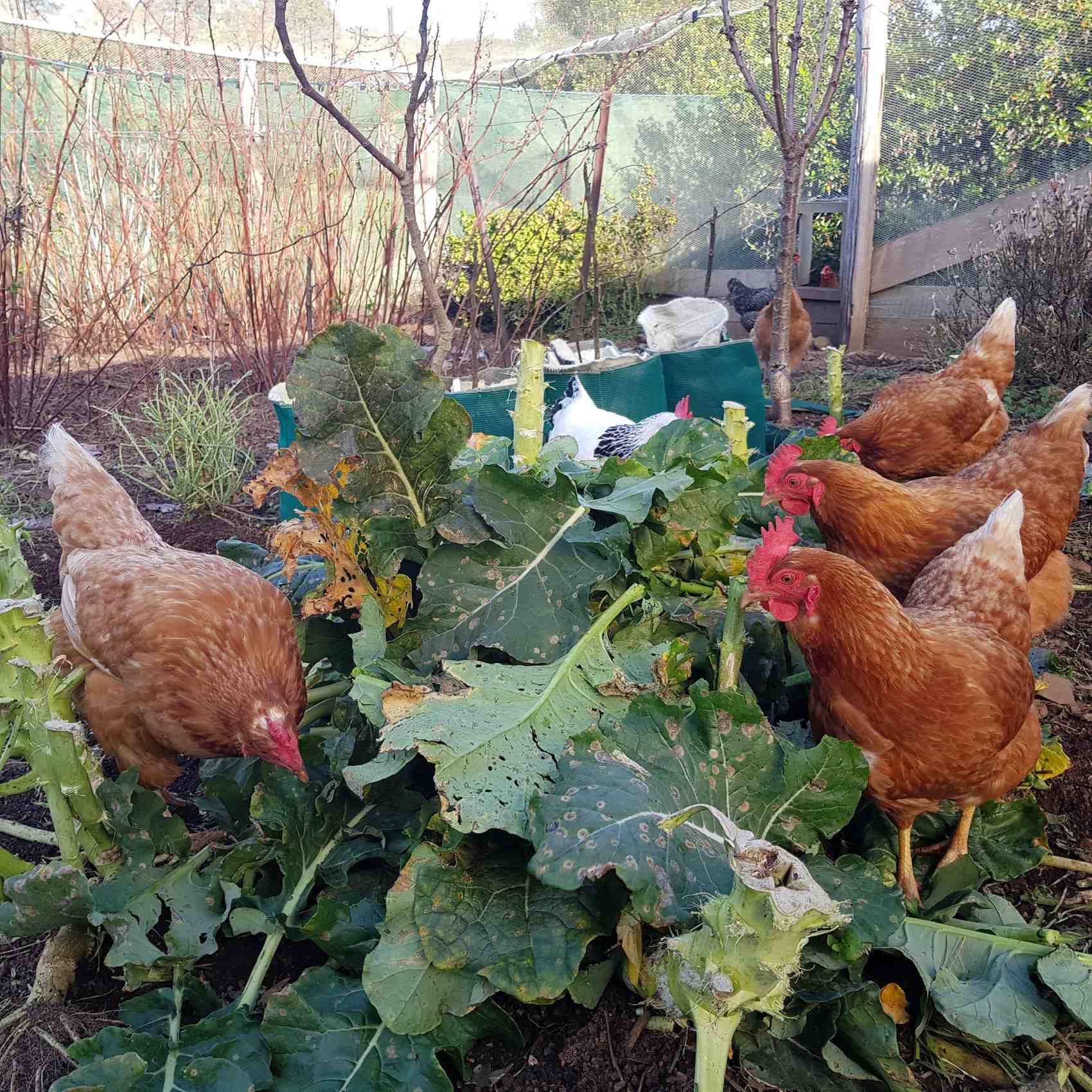
Calling all chook mums and dads! During this wet, low light, cold time of year - are you managing to provide your chooks with sunlight, dry outside space and fresh, healthy?
Here are some missions to ensure your girls are getting the best of care.
Top up the sawdust in the house
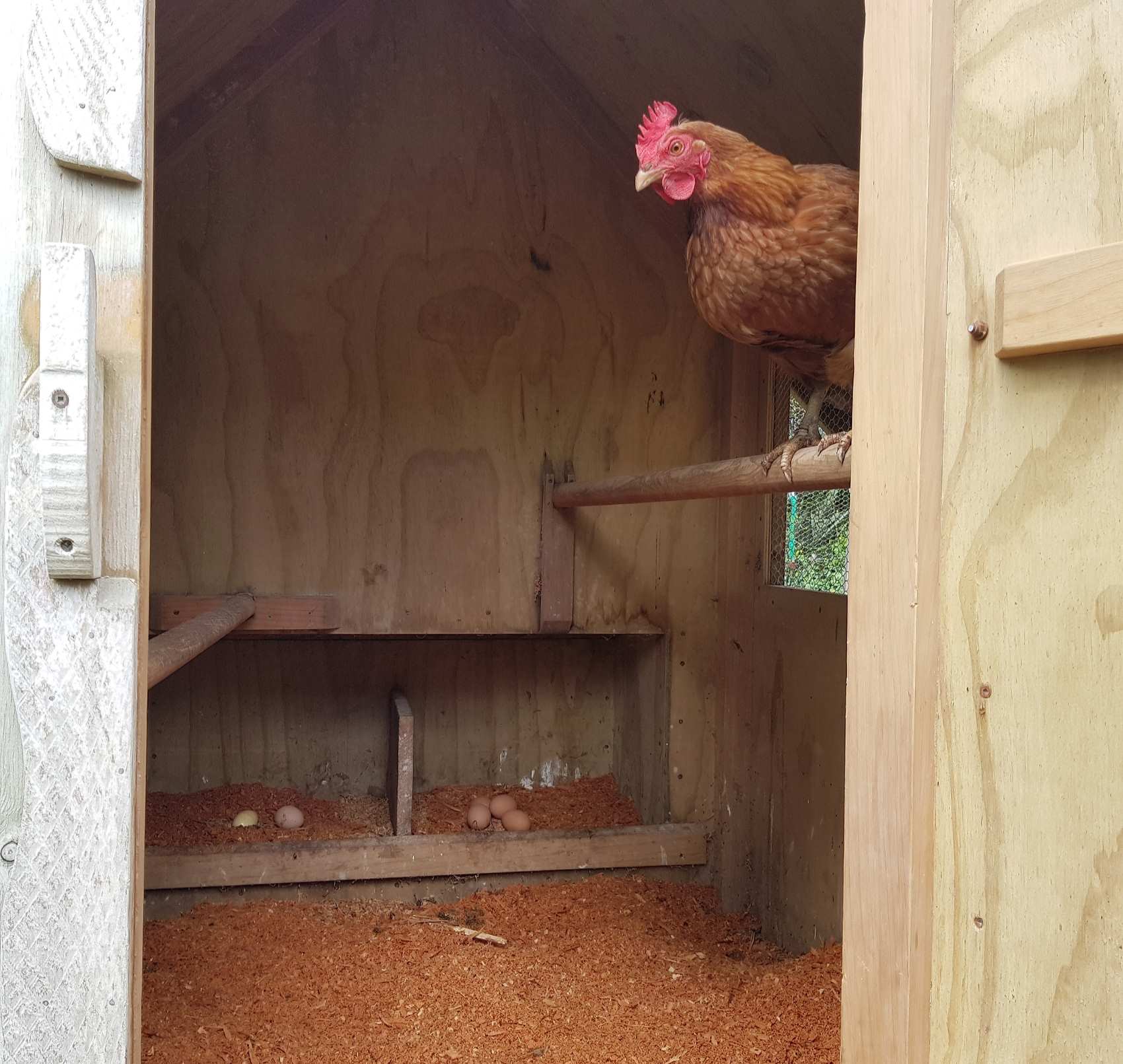
If the chook house is the only dry space your chooks have, be sure to keep the floor in fresh shavings (or whatever it is you use.) A shovel full on top the nights doings, each morning or second morning is what I'm talking about.
I only need do this once a week because apart from egg laying, my chooks aren't inside during the day. Then once a season, I muck it all out for an awesome pile of organic matter for the garden, and begin all over again.
Dust bath
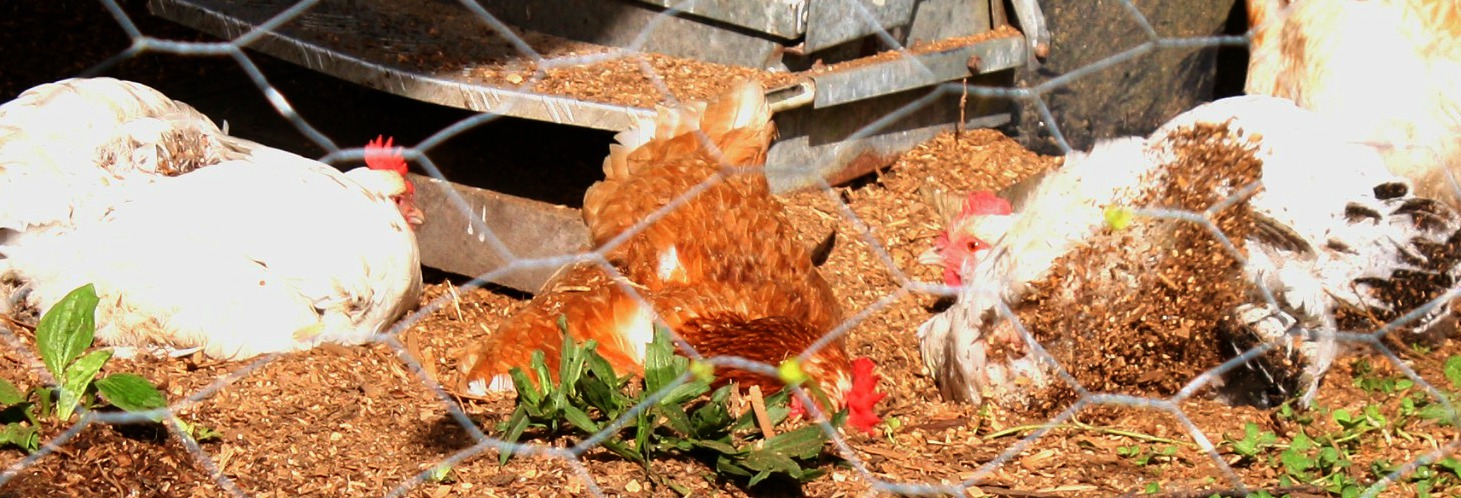
We shower, chooks dust bath! Its how they self manage lice and mites and keep their feathers clean. In the dry seasons, chooks can easily find dust bathing spots, but when its wet and they are contained, its not so easy. Sometimes impossible.
A rooved over area just off the chook house is the bomb. For dust bathing as well as food storage, rain proof wining and dining and oyster grit too.
If your chooks are missing a dust bath zone, find a way this month, to create a simple undercover area. Prop up the canopy of an old ute or convert an old kennel or jimmy a couple of second hand bits of corrugated iron up. Fill the dry zone with heaps of sawdust and keep it topped up as required. Which, if they don't have alot of space to roam, will be often.
Fresh ground
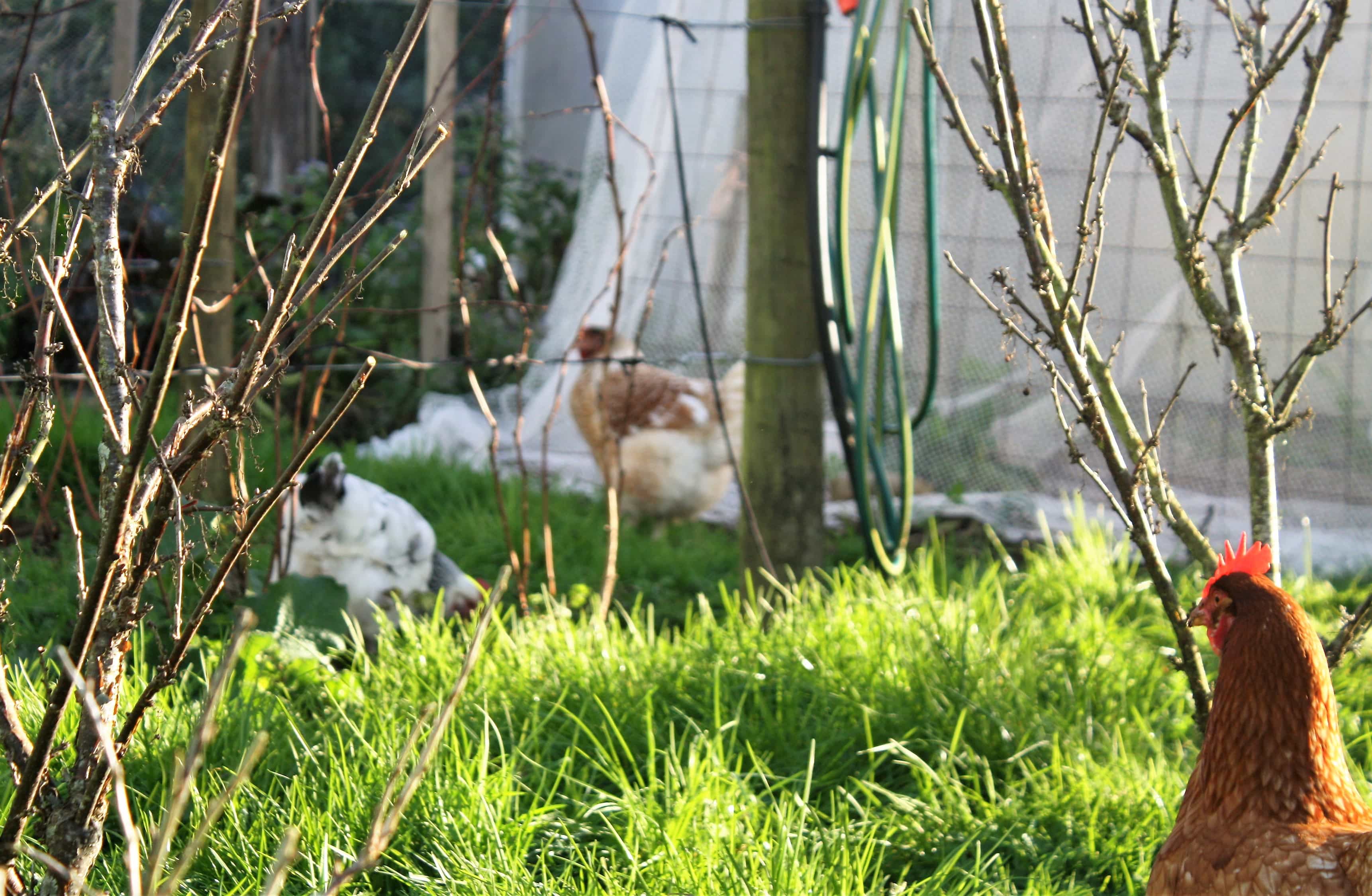
Fresh ground means ground that is covered with greenery and full of bugs and critters, ie: not a muddy or dusty, parasite infested soup. Prevent nearly all your chook health problems by continuing to move them onto fresh ground!
What spaces are up for grabs on your property or immediate surrounds...imagine!
- The bug laden, sheltered ground of your shelter belt - out of the rain and wind. Their jungle ancestors will applaud you.
- Let them into the greenhouse or berryhouse
- Corale them under fruit trees for a reduction in over wintering grubs.
- Get them weeding vegie beds or clearing ground for new beds or spring citrus planting.
- Create a neighbourhood chook run in the stellar weedy mess between you and the park next door.
- Remove a section of fence between you and the neighbour to access more ground and in doing so share the care of the chooks + eggs.
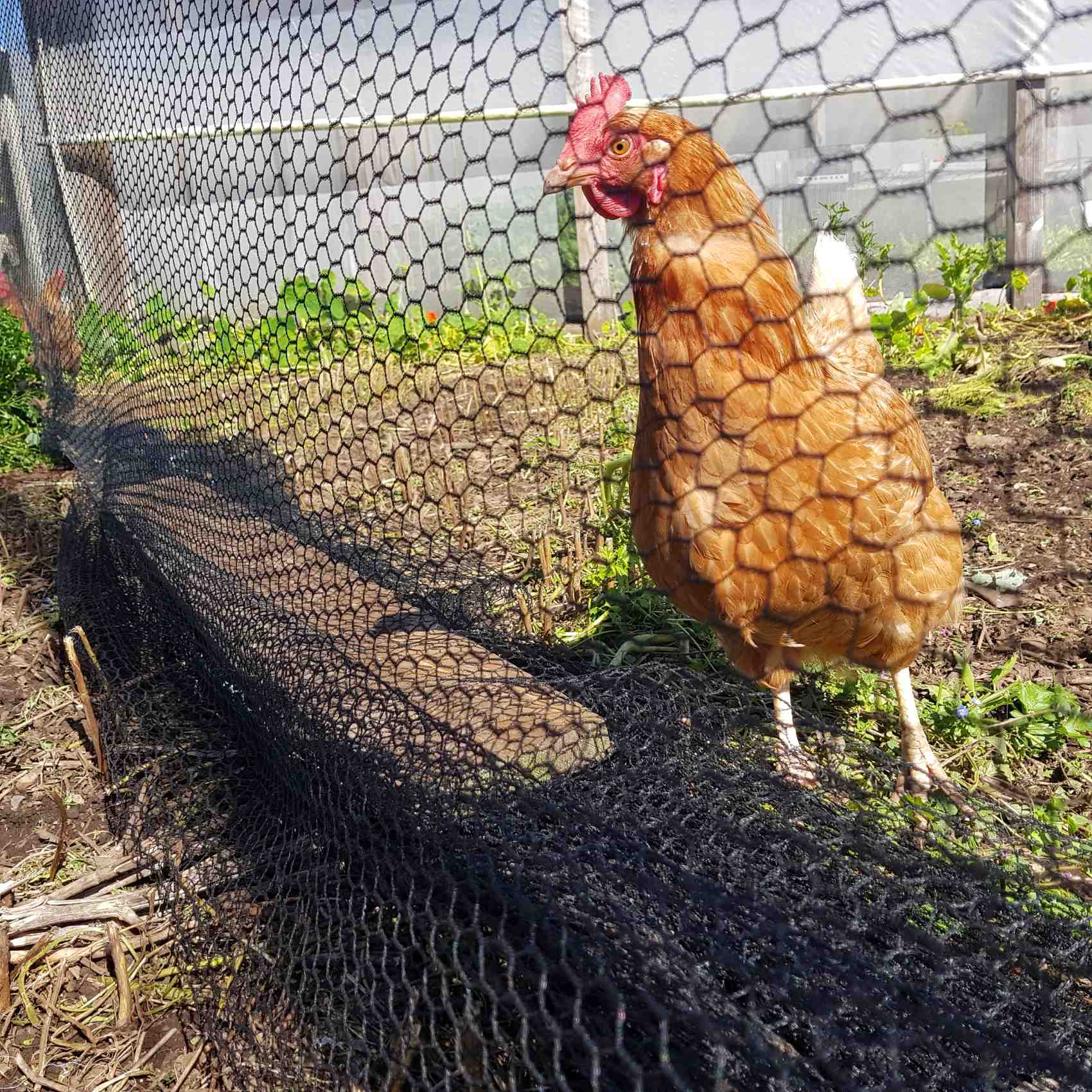
Containing chooks doesn't need to be expensive or permanent, but it does need to be high enough and robust enough that they cannot get out nor a doggo get in.
I use a mixture of permanent wire fences (the same ones that surround my berrycage and chook housing) + mobile birdnets ( the big nets I use to bird protect my fruit trees in summer). These I peg them to 1.8m high overhead wires - a grid of wires above the vegie patch enables me to enclose a variety of spaces. Planks laid on the bottom stop escape. It's essential the bottom is solidly in place. This is fast and easy to move around, my best chook system yet!
- If you only have low fencing your best bet are heavy heritage breeds like barnevelders, orpingtons, susex, wynadotte etc who prefer scratching to flying.
- If you cannot imagine, or create more land, cover bare ground/ dust/ mud in the chook yard with piles of whatever organic matter you got: sawdust, leaves, grass clippings, seaweed, pond weed, wood chips ... and keep topping it up. You'll get some awesome compost in the process.
Waning egg production
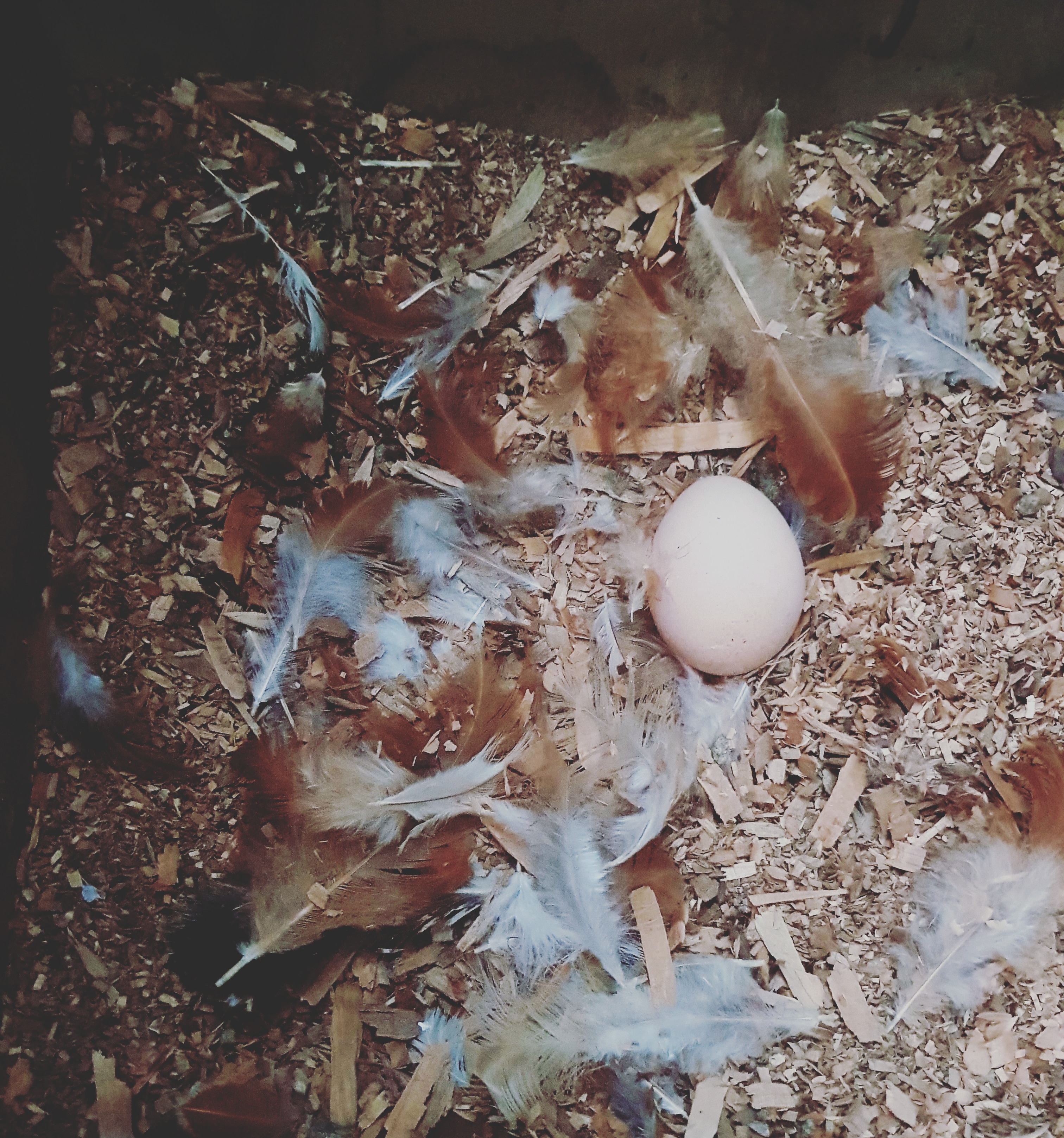
Light triggers egg production, therefore less light = less eggs. There's nothing wrong with your girls! As daylight hours increase again, those eggs will come on back, unless of course your chook is getting on in years.
The option is there to force them into more eggs with artificial light, but I say go with the natural flow and give the girls a break. It wont be long until spring and the eggs will be flooding in!
Let this question inspire your chicken set up:
Can my chickens express their chicken-ness?"
Joel Salatin
Chicken-ness is bright eyed and cheeky, curious, on the go, in your face and an all round enthusiasm for life - especially of the microscopic variety. A need to flap, stretch, explore and dustbathe.
